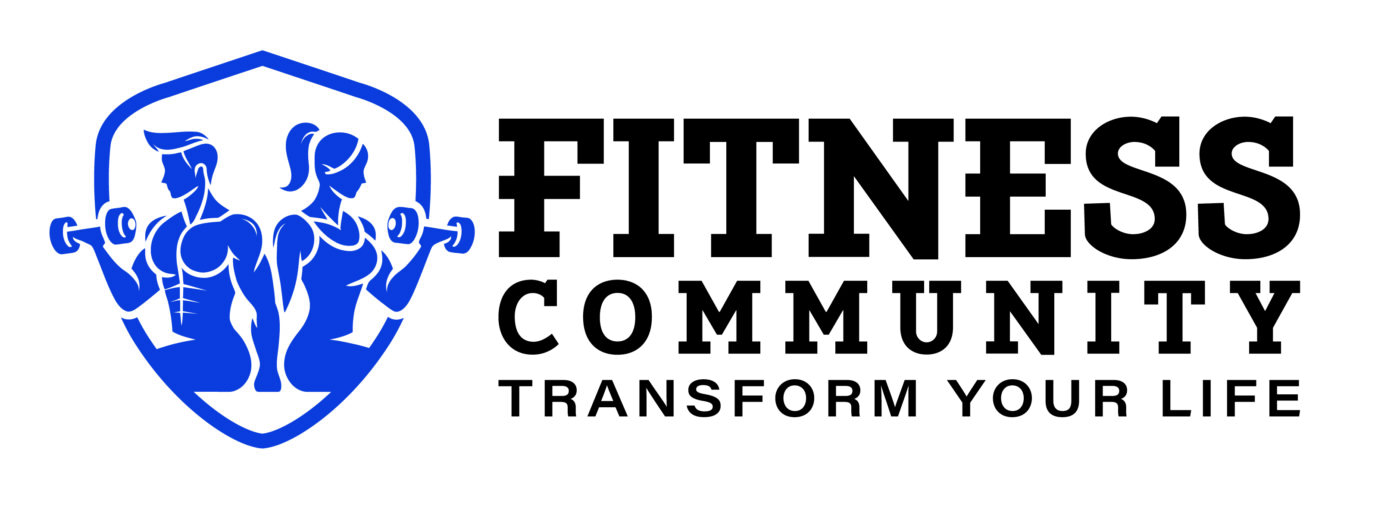WEIGHT LOSS AND FITNESS GOALS
How to Adjust Your Walking Routine for Maximum Results, Based on Your Goals
Walking often gets overlooked in the fitness world—brushed off as something you do to get from point A to B or as your dog’s daily workout. But fitness experts say walking deserves way more credit.
“Walking is excellent for both physical and mental health,” says Sharon Gam, Ph.D., C.S.C.S., exercise physiologist and certified strength and conditioning coach. “It’s a powerful tool that can help people reach a wide variety of health and fitness goals.”
The beauty of walking lies in how adaptable it is. Whether you want to boost cardio endurance, build strength, lose weight, or lift your mood, there’s a way to tailor your walks to match your goals. Here’s exactly how.
Goal: Boost Cardiovascular Fitness
Want to improve heart and lung health? Walking’s got your back.
“Walking can significantly enhance cardiovascular capacity,” says Reda Elmardi, R.D., C.S.C.S., of The Gym Goat. It increases heart rate, oxygen flow, and strengthens your cardiovascular system—especially over time.
Pro tips:
Try intervals: Alternate between 2 minutes of brisk walking and 1 minute of slower walking.
Use incline: Walk uphill or adjust your treadmill settings to challenge your heart and muscles.
Speed walk: A steady pace of 4–5 mph can elevate your heart rate without needing to run.
Sample workout: Try the viral 12-3-30 treadmill routine (12% incline, 3 mph, 30 minutes).
Goal: Build Muscle
Walking isn’t just cardio—it’s a sneaky strength workout too.
“You use your glutes, quads, hamstrings, and calves with every step,” says trainer Adam Cardona, L.M.T., C.P.T. Good form even activates your core and upper body.
Pro tips:
Engage your core: Pull your belly button toward your spine as you walk.
Swing your arms: It adds upper-body activation and helps with momentum.
Add resistance: Use light ankle or wrist weights, a weight vest (max 10% of your body weight), or a rucksack.
Start light: Too much weight too soon can strain your joints or impact your walking form.
Goal: Lose Weight
If weight loss is one of your objectives, walking can help—especially when done consistently.
“Walking burns calories and supports a calorie deficit,” says Elmardi. A brisk pace can burn around 300 calories per hour for a 160-lb person.
Pro tips:
Pick up the pace: Aim for a pace where it’s a bit hard to talk.
Change terrain: Hills, sand, or snow increase resistance and calorie burn.
Try Nordic walking: Using walking poles engages your upper body and boosts total energy use.
Goal: Improve Mental Well-being
Feeling stressed or down? Walking can work wonders for your mood.
“Walking reduces stress, boosts your mood, and clears your mind,” says therapist Courtney Glashow, LCSW. Even a daily 60-minute stroll can reduce depression symptoms by 26%, according to JAMA Psychiatry.
Pro tips:
Head outdoors: Nature walks double as mindfulness sessions.
Walk barefoot (when safe): It can feel grounding and refreshing.
Listen to audiobooks: Combine physical movement with mental escape—especially if you’re walking indoors.
Other Ways to Maximize Every Walk
No matter your goal, these tips can help you get the most out of your steps:
Set SMART goals: Be specific and realistic about what you want to achieve.
Wear the right shoes: Proper walking shoes reduce injury risk and improve comfort.
Walk with friends: Socializing adds mental benefits and accountability.
Track your progress: Use a step counter or fitness tracker to stay motivated.
Cool down: Stretch after walking to prevent tightness. Focus on hamstrings, calves, and quads.
Whether you’re chasing physical results or just need a mental refresh, walking is one of the simplest and most versatile ways to move your body. And the best part? All you need is a pair of shoes and a sidewalk.

